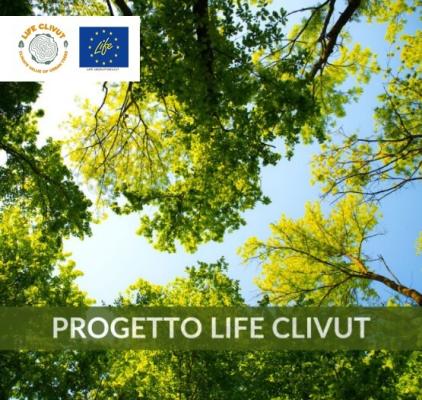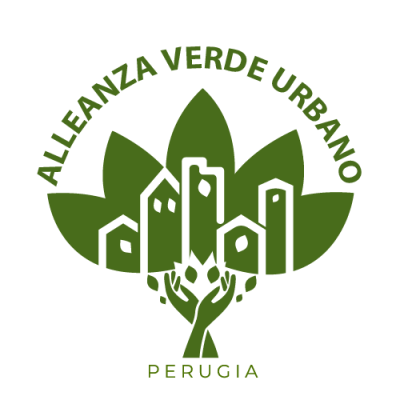- Email : info@lifeclivut.eu
Notícias e Eventos
Presented on the 20th of May in Bruxelles the EU Biodiversity Strategy for 2030
 “Making nature healthy again is key to our physical and mental wellbeing and is an ally in the fight against climate change and disease outbreaks. It is at the heart of our growth strategy, the European Green Deal, and is part of a European recovery that gives more back to the planet than it takes away.”” Ursula von der Leyen, President of the European Commission
“Making nature healthy again is key to our physical and mental wellbeing and is an ally in the fight against climate change and disease outbreaks. It is at the heart of our growth strategy, the European Green Deal, and is part of a European recovery that gives more back to the planet than it takes away.”” Ursula von der Leyen, President of the European Commission
The Strategy provides for a specific action to improve Urban green Infrstructure:
Greening urban and peri-urban areas
Green urban spaces, from parks and gardens to green roofs and urban farms, provide a wide range of benefits for people. They also provide opportunities for businesses and a refuge for nature. They reduce air, water and noise pollution, provide protection from flooding, droughts and heat waves, and maintain a connection between humans and nature . The recent lockdowns due to the COVID-19 pandemic have shown us the value of green urban spaces for our physical and mental wellbeing. While protection of some urban green spaces has increased , green spaces often lose out in the competition for land as the share of the population living in urban areas continues to rise. This strategy aims to reverse these trends and stop the loss of green urban ecosystems. The promotion of healthy ecosystems, green infrastructure and nature-based solutions should be systematically integrated into urban planning, including in public spaces, infrastructure, and the design of buildings and their surroundings. To bring nature back to cities and reward community action, the Commission calls on European cities of at least 20,000 inhabitants to develop ambitious Urban Greening Plans by the end of 2021. These should include measures to create biodiverse and accessible urban forests, parks and gardens; urban farms; green roofs and walls; tree-lined streets; urban meadows; and urban hedges. They should also help improve connections between green spaces, eliminate the use of pesticides, limit excessive mowing of urban green spaces and other biodiversity harmful practices. Such plans could mobilise policy, regulatory and financial tools. To facilitate this work, the Commission will in 2021 set up an EU Urban Greening Platform, under a new ‘Green City Accord’ with cities and mayors. This will be done in close coordination with the European Covenant of Mayors. The Urban Greening Plans will have a central role in choosing the European Green Capital 2023 and European Green Leaf 2022.
These measures should be planned in the 3rd River Basin Management Plans to be adopted by Member States in 2021, under the Water Framework Directive. 50 Fitness Check of the EU Water Legislation (SWD(2019) 439). 51 EnRoute project. 52 There are 11,000 Natura 2000 sites within, or partly within, cities, representing 15% of the total area of the Natura 2000 network. 53 The Green City Accord. The Commission will support Member States and local and regional authorities through technical guidance and help to mobilise funding and capacity building. It will also reflect these objectives in the European Climate Pact.
For more details https://ec.europa.eu/info/strategy/priorities-2019-2024/european-green-deal/actions-being-taken-eu/eu-biodiversity-strategy-2030_it
Click here for download
























